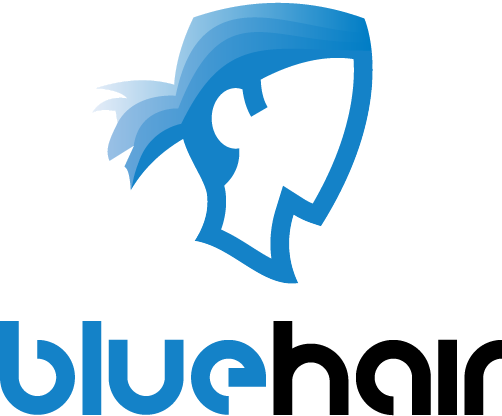Designing the new touch interface language
 Last Tuesday I attended a short presentation at the Delft University of Technology, where Kay Hofmeester (former UX manager for Microsoft Surface) told us a bit about how the Surface team tried to handle the new challenges posed by designing user interfaces under the new touch interface paradigm. I took the liberty to record it to share it with whoever is interested (Kay if you’re out there reading this, I hope you don’t mind ;-)).
Last Tuesday I attended a short presentation at the Delft University of Technology, where Kay Hofmeester (former UX manager for Microsoft Surface) told us a bit about how the Surface team tried to handle the new challenges posed by designing user interfaces under the new touch interface paradigm. I took the liberty to record it to share it with whoever is interested (Kay if you’re out there reading this, I hope you don’t mind ;-)).
It was a very interesting lecture with some nice and concrete examples of how wrong it is to try to directly translate old user interfaces for new input devices such as touch screens.
The Spanish speaking pointer and the Italian speaking finger
In the lecture, Kay explains very nicely and in depth some of the main practical differences between interacting with a classical GUI and with a touch interface, but I’m gonna give it a go with my own metaphor.
Think of the following scenario. You’ve been speaking Spanish all your life. You know the ins and outs of your language. One day you move to Italy and all of a sudden you find yourself surrounded by Italians. Sure! your Spanish might help you get by to a certain level due to the language similarities, and you might even get lucky with a few of those funky translations you make up by using a Spanish word and adding a bit of an Italian accent to them. But at the end of the day, you will notice that some things are just lost in translation and that you just need to adapt yourself (and your language) to your new surroundings to fully and easily communicate with the Italians around you and to enjoy the new possibilities which this new language offers (like 20 different words for “coffee” :-))
The way we interact with computer systems these days is quite a similar case. We have learned and become accustomed to the graphical user interfaces based on the WIMP paradigm (Windows, Icons, Menus & Pointer) to the point that we can easily and efficiently communicate with our systems (that’s our Spanish). But now that new systems are coming along with which we can interact by directly touching items on a screen (the Italians), it does NOT mean that our current GUIs will still allow for this easy communication. Sure! we might get lucky with a few things we try such as making larger buttons or wider scroll-bars that will still allow us to control some things with our fat fingers (the funky translations), but at the end of the day we have to adapt our interfaces to the new paradigm so that things are not lost in translation and we can enable an easier, more efficient and richer communication between us and these new systems (think of all those cool gestures :-)).
So anyway, take a look at the video below, which I’m sure will be of great interest to anyone dealing not only with touch interfaces but with the development of all sorts of innovative user interfaces.
Last but not least, I really recommend for anyone working with touch user interfaces, to take a look at the fantastic Touch Gesture Reference Guide compiled by Luke Wroblewski which has a very nice collection of illustrated touch gestures which are becoming more and more common place. Think of it as a handy “touch” dictionary 😉



